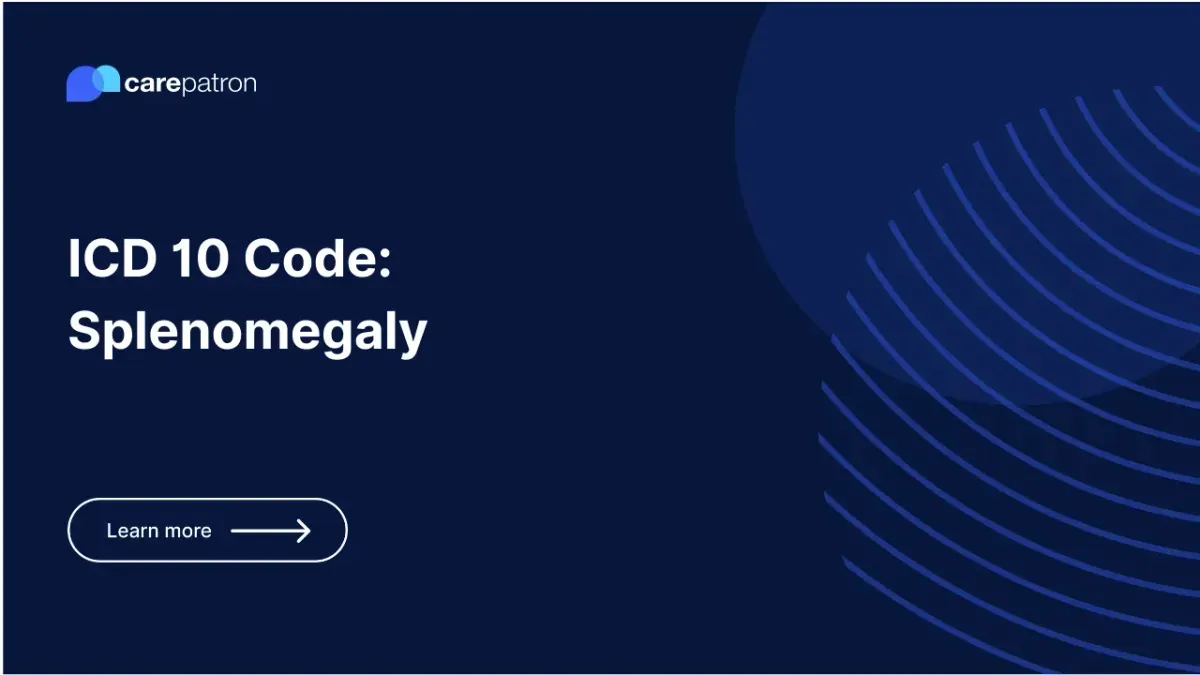
Splenomegaly
Discover the updated ICD-10-CM codes for splenomegaly in 2025. Ensure accurate coding and billing for this medical condition.
Use Code
Commonly asked questions
ICD codes for splenomegaly are used to document and classify the condition based on clinical findings and diagnostic results. These codes help ensure accurate billing, treatment planning, and medical recordkeeping.
Yes, multiple ICD codes can be used when splenomegaly is associated with other conditions or when further specificity is needed. For example, you may code both the underlying cause and the presence of splenomegaly NOS or splenomegaly not elsewhere classified.
Yes, ICD-10 includes specific codes that correspond to various causes of splenomegaly. Proper coding depends on identifying the root cause through clinical evaluation and blood tests.
EHR and practice management software
Get started for free
*No credit card required
Free
$0/usd
Unlimited clients
Telehealth
1GB of storage
Client portal text
Automated billing and online payments
